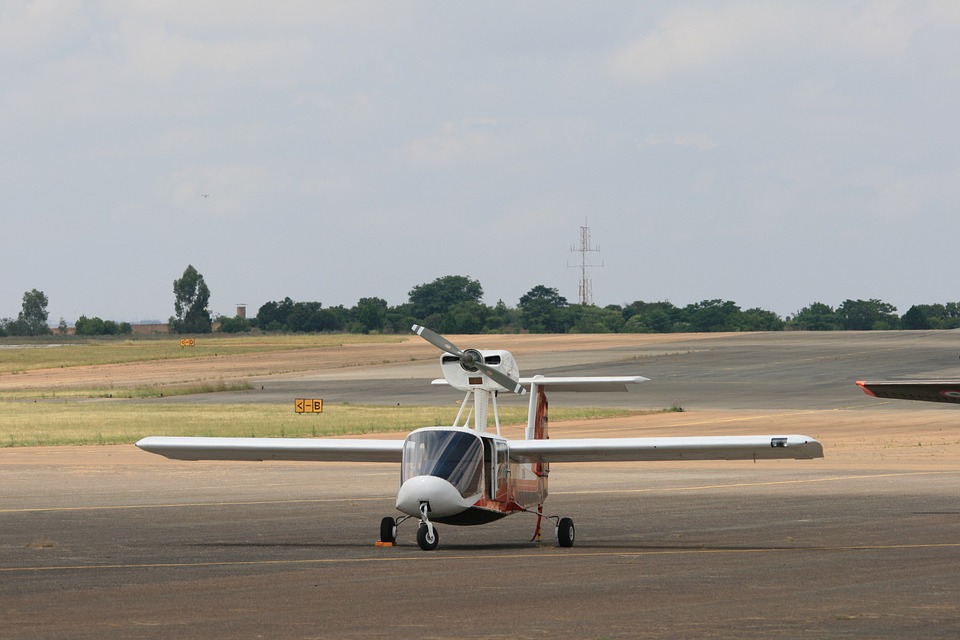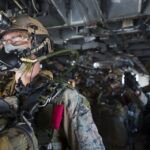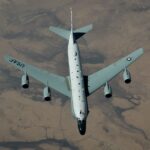Introduction
Reconnaissance missions are vital for gathering information before carrying out military operations. Whether it is to gather intelligence on enemy positions, terrain, or potential threats, conducting effective reconnaissance is essential for the success of any mission. In this article, we will discuss effective strategies for conducting reconnaissance missions.
Types of Reconnaissance
There are several types of reconnaissance missions, each serving a specific purpose:
Route Reconnaissance:
This type of reconnaissance is conducted to gather information on specific routes that will be used during a mission. It involves identifying potential obstacles, enemy positions, terrain features, and other relevant information that could affect the movement of forces.
Zone Reconnaissance:
Zone reconnaissance involves gathering information on a specific area or zone of operations. This could include terrain analysis, enemy positions, civilian populations, and other factors that could impact the mission.
Area Reconnaissance:
Area reconnaissance focuses on gathering information on a larger area of operations. This could involve identifying key terrain features, enemy dispositions, logistical support, and other factors that could influence the mission.
Strategies for Conducting Reconnaissance
Planning and Preparation:
Before conducting a reconnaissance mission, it is essential to thoroughly plan and prepare for the task. This includes defining the mission objectives, determining the information required, and developing a detailed plan of action.
Selection of Personnel:
The success of a reconnaissance mission often depends on the skills and experience of the personnel involved. It is important to select individuals who are well-trained in reconnaissance techniques, possess good decision-making skills, and can work effectively under pressure.
Use of Technology:
Advances in technology have greatly enhanced the capabilities of reconnaissance missions. Utilizing drones, satellites, GPS devices, and other technological tools can provide valuable information and enhance the effectiveness of the mission.
Covert Operations:
In certain situations, conducting reconnaissance missions covertly may be necessary to gather information without alerting the enemy. This could involve using stealth techniques, camouflage, and other methods to avoid detection.
Integration with Intelligence:
Reconnaissance missions should be closely integrated with intelligence operations to ensure that the information gathered is accurate, timely, and relevant. Working closely with intelligence units can help in identifying key targets, analyzing threats, and developing effective strategies.
Adaptability:
Reconnaissance missions are often dynamic and fluid, requiring adaptability and flexibility in response to changing situations. It is important for reconnaissance teams to be able to quickly adjust their plans, tactics, and strategies based on the evolving circumstances.
Conducting the Mission
Patrolling:
One of the most common methods of conducting reconnaissance is through patrolling. This involves sending small teams of personnel to gather information on the ground, observe enemy activity, and report back to the main unit.
Surveillance:
Surveillance is another effective method of gathering information during reconnaissance missions. This could involve using cameras, sensors, or other equipment to monitor enemy movements, communications, and activities from a distance.
Interrogation:
Interrogating captured enemy personnel or civilians can provide valuable information on enemy intentions, capabilities, and potential threats. However, it is essential to follow international laws and regulations regarding the treatment of prisoners.
Conclusion
Effective reconnaissance missions are crucial for gathering the information needed to ensure the success of military operations. By following the strategies outlined in this article, military units can conduct successful reconnaissance missions, gather accurate intelligence, and effectively plan and execute their missions. By utilizing planning, technology, adaptability, and integration with intelligence, reconnaissance teams can gather the information needed to achieve their objectives and prevail in combat.


